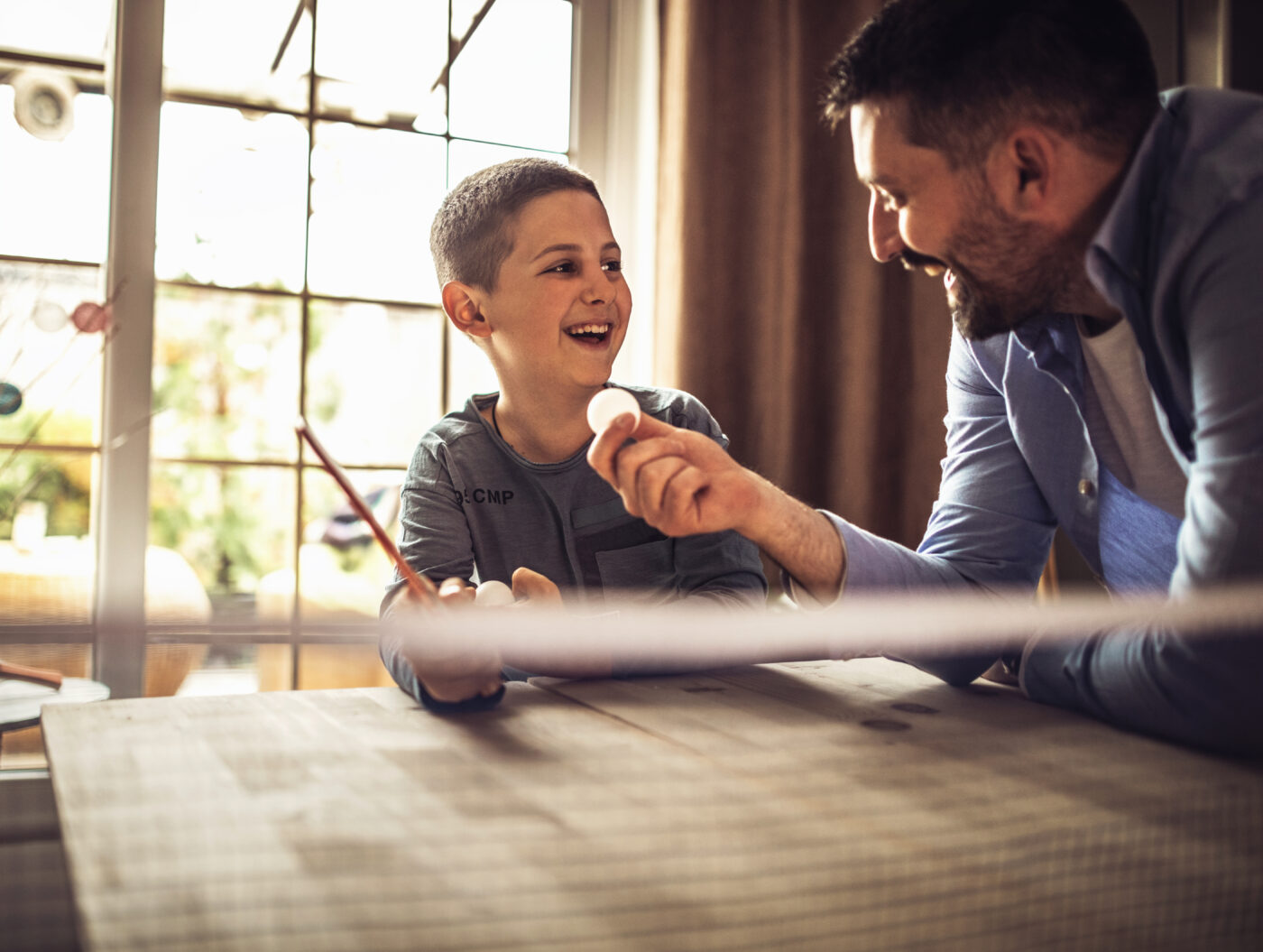This checklist is designed to make your home environment safer by preventing accidents and injuries.
Kitchen
- Use the back burners of the stove and keep pot handles turned to the back of the stove.
- Check pots and pans for loose handles.
- Make sure towels, curtains, and other flammable items are located away from the stove.
- Mount a fire extinguisher in the kitchen and teach family members and older children how to use it.
- Keep extension cords and appliance cords away from sink and stove areas.
- Store potentially harmful products (such as cleaning supplies) in their original containers and make sure all harmful products have safety packaging.
- Store household cleaning products, knives, matches, and plastic bags away from children.
- Use safety latches for drawers and cabinets and put appliance latches on appliance doors.
- Warn children to stay out of appliances, such as refrigerators, stoves, and dryers.
- Store children’s cereals and snacks in a cabinet far away from the stove.
- Use child resistant trash cans or store trash can in a cabinet with a safety latch.
- When using a highchair, do not leave child unattended and always use all safety straps.
Living areas
- Install smoke detectors on each floor and change batteries each year.
- Fasten drapes away from fireplaces/heaters.
- Clean chimneys annually.
- Ensure that screens or guards are in front of fireplaces, wood stoves, and open heaters.
- Place small stoves and heaters where they cannot be knocked over, and away from furnishings and flammable materials.
- Tack down small rugs and runners to prevent slipping.
- Secure lamp, extension and telephone cords out of the flow of traffic.
- Make sure electrical cords are not beneath furniture, rugs, or carpeting. Use tape (not nails or staples) to attach cords to walls or floors.
- Check cords for exposed wiring and fraying.
- Exits and passageways should be kept clear at all times.
- Stairways should be well lighted.
- Do not store anything on stairways, even temporarily.
- Secure wobbly railings on stairs.
- Use safety gates to block the top and bottom stairways, but do not use accordion style gates with large diamond shaped openings because young children can trap their heads in this type of gate.
- Use safety plugs to cover electrical outlets.
- Keep furniture children can climb, toys, and throw rugs away from glass doors and windows.
- Check furniture for sharp edges, especially coffee tables and other short items.
- Keep poisonous plants (such as Elephant’s Ear, Angel Wings, Calla Lilly, Mother-in-Law’s Tong, Philodendron, Orchid, and Poinsettia) out of the reach of children.
Bedrooms and playrooms
- Lamps and light switches should be located close to each bed.
- Ash trays, smoking materials, heaters, and other fire sources should not be located near beds or bedding.
- Turn off heating pads before going to sleep.
- Let electric blankets hang loose over beds, do not tuck in sides or ends, or cover with a bedspread.
- Put infants to sleep on their backs in a crib with a firm, flat mattress.
- Place cribs away from windows, window blinds, or curtain cords.
- Make sure cribs are sturdy with no loose or missing hardware.
- Examine toys for sharp edges and removable small parts. No part should be smaller than 15/8 inches across.
- Store children’s toys on low, deep shelves or in a toy box that has no lid.
Bathroom
- Keep medicines and cleaning products in containers with safety caps and out of children’s reach.
- Flush all out-of-date prescriptions and medications down the toilet.
- Store medicines in original containers with original labels.
- Keep Syrup of Ipecac on hand and periodically check the expiration date.
- Keep first aid supplies well stocked and easily available.
- Unplug and store electrical appliances when not in use.
- Place non-skid mats or decals in the tub/shower.
- Use safety latches for drawers and cabinets.
- Never leave a child alone in the bathtub or near any water.
- Check bath water temperature with wrist or elbow before giving a child a bath.
- Adjust water heater to less than 120 degrees. Wait two hours and check tap water temperature with a candy thermometer. Contact public works department if you need assistance.
Garage and storage areas
- Keep dangerous substances (such as charcoal lighter, paint thinner, paint, antifreeze, and turpentine) in original containers and locked away from the sight and reach of children.
- Label flammable liquids and store in tightly capped, non-glass safety containers, away from heat and pilot lights.
- Make sure tools and power equipment are out of children’s reach.
- Store firearms unloaded in locked cabinets; store shells in a separate locked area.
Outside
- Secure loose railings on porches and decks.
- Safeguard swimming areas with adequate adult supervision, four-sided fencing, gates, and child-proof locks.
- Install child car seats or booster seats correctly in the back seat of automobiles and use properly.
- Anchor home playground equipment firmly in the ground; cover exposed bolts, screws or sharp edges with plastic cups or tape; install play equipment at least six feet from fences or walls and on soft or grassy ground.
- Check neighborhood for water hazards, construction, unfenced pools, irrigation canals, and storm drains before your children find these hazards.
General
- Walk on your knees to see each room from a child’s perspective.
- Keep emergency numbers by the phone: fire department, police department, poison control center, hospital emergency room, child’s doctor, neighbors, relatives, friends.
- Plan and practice family fire escape routes and procedures at the start of summer and the start of winter.
- Review home safety rules with children and other family members at the beginning and ending of each school year.









